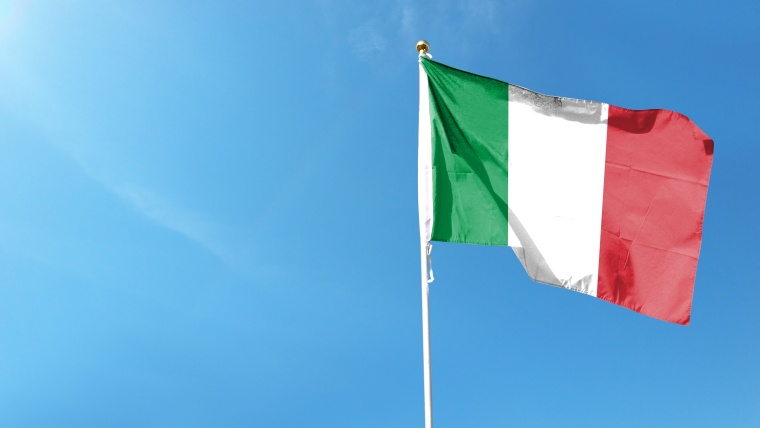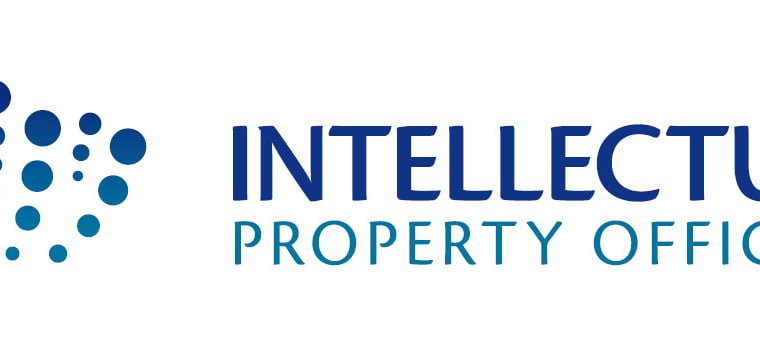 There are 7,000 languages spoken in the world today, but it is estimated that half of them could disappear off the face of the Earth by 2100. With so many languages at risk of becoming extinct, it’s no wonder that there are so many we don’t even hear about! Read on to find out about some of the world’s endangered languages, listed and classified as vulnerable, definitely, severely or critically endangered or extinct by the UNESCO Map of the World’s Languages in Danger.
There are 7,000 languages spoken in the world today, but it is estimated that half of them could disappear off the face of the Earth by 2100. With so many languages at risk of becoming extinct, it’s no wonder that there are so many we don’t even hear about! Read on to find out about some of the world’s endangered languages, listed and classified as vulnerable, definitely, severely or critically endangered or extinct by the UNESCO Map of the World’s Languages in Danger.
1. Occitan
Occitan, or Lenga d’òc, is a Romance language spoken in areas of southern France, northern Italy and in Catalonia. It is very closely related to Catalan. In total there are around 2 million speakers of Occitan spread across six different dialects, Provençal, Auvergnat, Limousin, Languedocien, Gascon and Vivaro-Alpine. However, all of these dialects are on UNESCO’s list of endangered languages. In Medieval times troubadours often wrote their poetry in Occitan, and today bilingual street signs can be found in some cities in the south of France, such as Toulouse.
2. Palenquero
Palenquero is a creole language spoken by around 1500 people in Columbia, primarily in the village of San Basilio de Palenque. Palenquero is a Spanish-based creole language that was created when escaped slaves mixed Spanish with African languages; in fact influences from languages spoken in the Congo are still visible today. Like many endangered languages, Palenquero is primarily spoken by the older generation, with the younger generation preferring Spanish.
3. Capanahua
Capanahua is an aboriginal language spoken by around 120 people and is native to Peru. There are two bilingual schools where Capanahua is used and it is taught in some primary schools to a certain extent. It is seen as an insult when one Capanahua speaker speaks to another in Spanish, as it indicates that the speaker sees the other person as an outsider and is rejecting them.
4. N|uu
N|uu is a language once spoken in South Africa. Although there are still 6 speakers of N|uu remaining in the world as of 2013, the language is not used on a daily basis as the speakers do not live in the same village as each other. N|uu is part of the Khoisan language family, and so has the Khoisan family trait that most of the consonants are clicks, in fact the ‘|’ symbol in the name of the language denotes a click. Even though N|uu flourished in the 19th century, it was replaced by Afrikaans and Nama when speakers started leaving the villages and moving away to towns. The nail in the coffin for the language was when the ǂKhomani people were evicted from the Kalahari National Park and scattered around South Africa and Botswana, and today none of the speakers live with other speakers of the language.
5. Konkow
Only around 3 speakers of Konkow remain in California today, making this a critically endangered language. There were at one point 9 dialects of Konkow, including Cherokee, Mikchopdo and Bidwell Bar. A new dialect, Modern Konkow, is now being used by some Native Americans in California and a DVD course with lessons on the language is available. This modern version is based on the Cherokee dialect, but lessons in the Mechoopda dialect are also available to download, as well as an app intended to help children learn Konkow.
…. and one you probably have heard of
Manx
There is hope yet for all of these endangered languages, as Manx proves. The last native speaker of Manx, Ned Maddrell, died in 1974 and UNESCO classified the language as ‘extinct’ in February 2009. However, the language has undergone a revitalisation, and today there may be as many as 600 active speakers. In August 2009 UNESCO was forced to rethink its decision and changed the status of Manx to ‘critically endangered’ after pupils from a Manx language school sent them letters asking “If our language is extinct then what language are we writing in?”, showing that extinction doesn’t have to be the end for every language.

